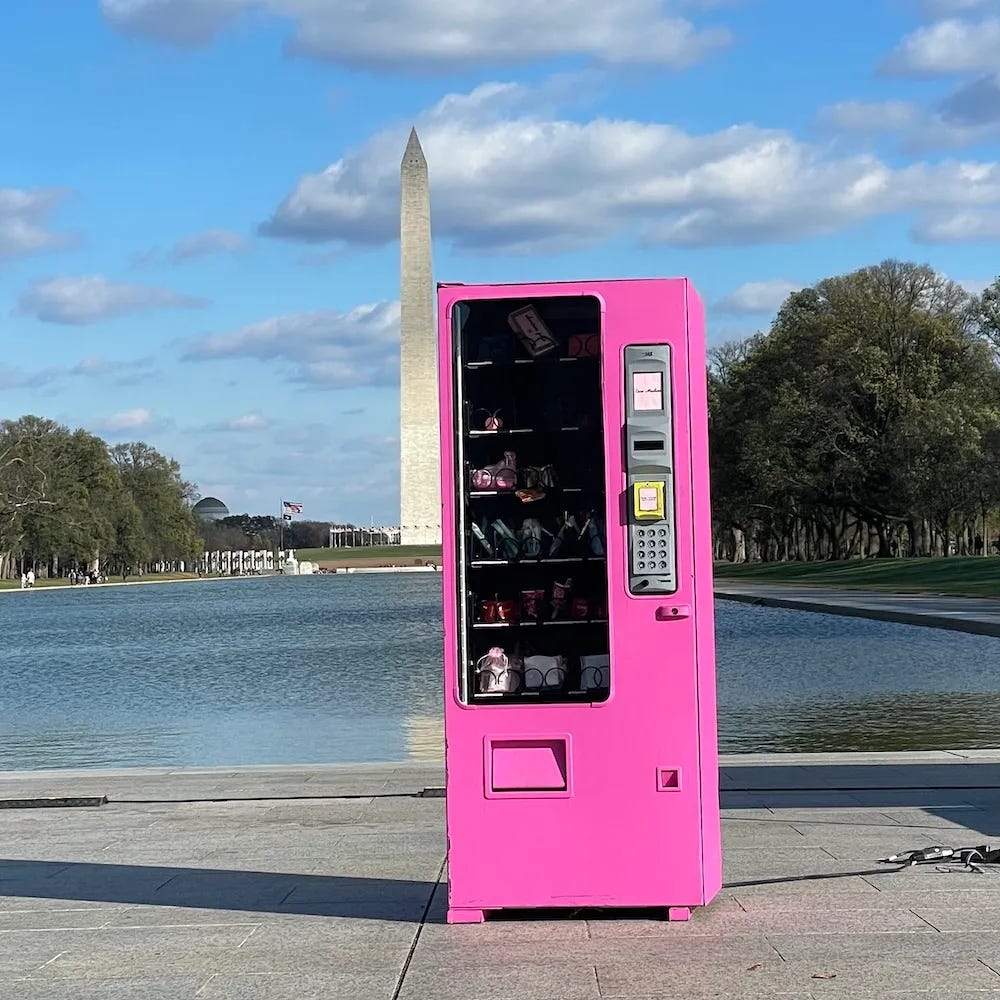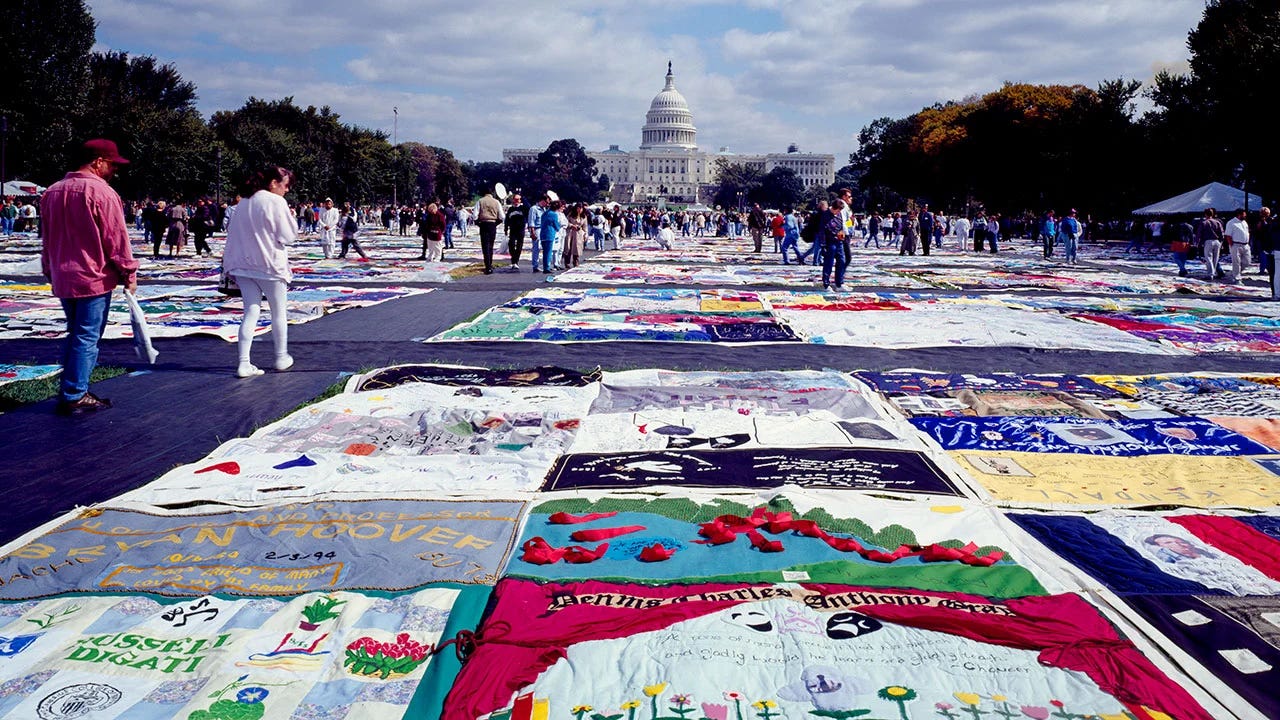“This place is too hot,” ‘this place is too loud,” “this place is too rugged”...
Those were some of the many contenders on our recent trip. For the past couple years, we’ve been contemplating moving to Mexico because the US has felt like “too much” (too materialistic, too aggressive, too expensive… too everything).
As we’ve explored various parts of Mexico, we fell in love with the culture, the history, the people, the art, the food… It seemed to fit what we were looking for: a values-aligned place, more community-oriented, with a slower pace of life.
But this recent trip made it clear that this wasn’t going to be a match made in heaven after all. I should know by now – after traveling to over 30 countries around the world – that there is no “perfect place.”
There are always downfalls to every city, and country. And Mexico is no different. On one hand, it offers more beauty and attention to aesthetic detail than any other place I’ve visited. And on the other hand, it lacks some basic infrastructures, like potable running water, road maintenance, health food codes, etc. Those things can be overlooked during a vacation, but in the long run they present a new set of challenges.
This recent trip did instill a fresh perspective and gratitude for things I often take for granted. Whenever I drive through Los Angeles, I rarely think of the potholes that get repaired, or the fact that I don’t have to bribe the police if I get pulled over.
Of course, we have our own set of issues in this country. And those reminders also came rushing back to me as soon as we got back home. Returning to the U.S meant facing reality – not only of my life, but of our collective situation – perhaps the very thing I was attempting to leave behind. The anxiety of the upcoming elections, the grief of waging wars, the rampant consumerism fueling our climate crisis – the dooming feeling that we’re on the verge of a communal crisis. Whatever levity was gained from my travels was almost immediately swept away, leaving me heavy-hearted.
“We’re in it,” I told my husband, but he reminded me that our minds can play tricks. Because in that very instant, we were safe, eating a homemade dinner, with a roof over our head, and a cat who got plump during our absence. But the energy is lingering. As an artist, as a human, I feel it intensely. As you probably do too.
What is the best use of my time, my talents, my energy? I know the media (and social channels) will always emphasize the worst of humanity, and veer our attention through sensationalism. I tend to react with either a desire to turn away or turn towards. I catch myself fantasizing about the most serene place to live and then catapult into the impulse to fly across the world to help those in crisis. I wonder how we can carry on with “business as usual” and living our simple yet privileged lives, when it feels like the world is on fire?
Except I’m not a firefighter, nor a doctor, nor a social worker. I don’t have ties to the political sphere, nor to corporate lobbyists. I’m a writer, an artist. a curator –– a “culture worker” as a friend once described us. Those titles, those talents, can feel so useless in times like this. Yet these were the cards I was dealt and the gifts I was given. How can I best put them to use?
Writing expels some of the anxiety. Connecting with others counteracts the isolation. Being of service in my immediate community gives me actionable purpose. It may feel small at times, almost insignificant, but I have to remind myself to work within my own sphere of influence. The beautiful quote by Rumi comes to mind: “You are not a drop in the ocean; you are the entire ocean in a drop.”
The questions I have are endless but the answers rarely vary. I often come back to art, to the senses, to ground me and inspire me when the hamsters in my head are spinning their wheels. For this week’s sensory recommendations, I offer you some art resources that have recently helped me navigate the potholes of life, including something to SEE, HEAR, SMELL, TASTE, TOUCH, BALANCE and ENVISION.
In Joy,
Sabrina
PS: the ‘Present Sense’ weekend editions are typically for paid subscribers, but today I’m making it available for all.
SEE
‘Eno’ | Brian Eno documentary directed by Gary Hustwit
Watch in theaters (currently touring)
My friend Gala recommended this documentary a few months ago and I’ve been keeping a close-eye on their touring schedule. I was excited to finally catch a screening in LA recently, and it was well worth the wait. I left the theater filled with hope at the power of art and the difference an artist can make.
Ever screening is slightly different, showcasing a rich archive of materials, following Eno’s groundbreaking career as a self-described “sonic landscaper”: from his early days in the Roxy Music band, to his ‘Music for Airports’ album, and the many legendary musicians he produced (from Bowie to U2).
It was also invigorating to see how he approaches larger social issues, including his love and concern for nature, which is a deep source of inspiration for his work.
I saw the film with my friend
who recently wrote a great piece about Eno’s Oblique Cards - check it out here.HEAR
‘In Restless Dreams’ | Paul Simon documentary series
Watch on Amazon Prime, YouTube, AppleTV
My partner and I recently started watching the Paul Simon documentary series. In the first episode of the series, Simon confronts some of the same questions I’ve been asking myself: how political should artists be? As someone who rose to fame during the 60’s, a time of intense political turmoil, his songs became emblems of resistance, freedom, and empathy.
One of my favorite quotes from the first episode was spoken by his long-time collaborator Wynton Marsalis who says: “Without friction, you don’t have motion. The universe was set with an explosion and from that friction, everything comes.”
SMELL
Julia Hill and Luna redwood
I consider myself a tree-hugger, but I’ve never held onto a tree for days, let alone years –– as an act of resistance. I recently discovered the story of Julia Hill, who in the late 90’s spent two consecutive years atop Luna—a giant 1,500-year-old redwood tree, to stop a company from cutting down this ancient Redwood forest.
She was only 23 years old when she started her resistance project, first with the financial backing of an organization and then with the support of the community, who delivered food to her. After 738 days, she won her plight and the timber company finally decided to leave the forest alone.
TASTE
‘We Feed People’ | documentary on World Central Kitchen by Chef José Andrés’
Watch on DisneyPlus (a National Geographic production)
During the COVID pandemic, I learned about famous chef Jose Andres’ non-profit ‘World Central Kitchen,’ an organization that provides meals to people affected by natural disasters and humanitarian crises. So far, they’ve cooked over 400 million meals across the world, from Chile to Mozambique.
The mission started in 2010, when Chef José Andrés headed to Haiti following the devastating earthquake, to use his culinary talent to help those in need. In 2017, when Hurricane Harvey hit Houston, José and several chefs from his team were amongst the first on the scene. Then, just a few months later, when Hurricane María hit Puerto Rico, he boarded the first commercial flight to San Juan and got cooking.
As he explained: “World Central Kitchen started with a simple idea at home with my wife Patricia: when people are hungry, send in cooks. Not tomorrow, today.”
TOUCH
‘Common Threads: Stories From The Quilt documentary’
Available on Youtube (free)
The largest community arts project in history is The NAMES Project AIDS Memorial Quilt. The collectively-made quilt honors more than 110,00 individuals who lost their lives to AIDS through 50,00 panels of quilt, resulting in a 54 ton tapestry.
I was familiar with this art project, but in the past couple days I’ve been curious about learning more about it and watched the feature documentary ‘Common Threads,’ which shares the stories of the people represented in the quilt panels (clearly I’m on a documentary kick!).
For a shorter glimpse on the history of this incredible art project, I also recommend watching this 5-minute BBC documentary.

BALANCE
‘Can Art Save Democracy’? | Create + Engage series by
Learn more and join on Zoom October 16th
For the past few months, my friend
has been offering a new series called “Create + Engage” on Zoom. Every month, she invites an artist or community organizer to discuss the various ways in which we can use art for collective change.I’m excited about her upcoming gathering, which will feature artist Autumn Breon and For Freedoms’ associate director Taylor Brock. I actually had the pleasure of working with Taylor six years ago at my old creative agency and I’m looking forward to seeing her lead this conversation.
ENVISION
Bread as a Poem
Art comes in all forms, and in unexpected places. I came across this poem last week in a bakery in Oaxaca. For those who don’t speak Spanish, here is its English translation:
















Thanks for reading my mind, Sabrina, and so eloquently and honestly expressing the music of our spheres. ❤️🙏
Such a thoughtful piece, Sabrina. It reminded me of Toni Morrison, and her writing about times of turmoil being the moments when “artists go to work.” Thank you for this.